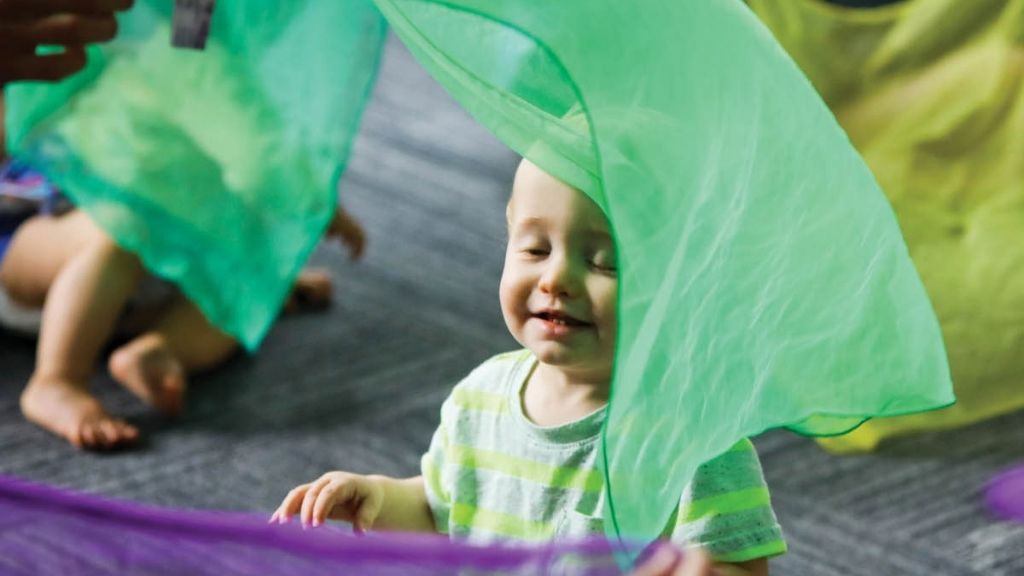At some point in every parent’s life will come the time when babies put everything in their mouth! You turn around and they have the car keys in their mouth or no matter how much you hoover they manage to find the smallest crumb and put it in their mouth! This can seem strange to us but they are simply making sense of the world through their sensory experiences. To understand why this is an essential part of child development it can be helpful to look at sensory play.
What is sensory play?
Babies and toddlers love to explore the world and they can do this through their senses: touch, hearing, sight, smell, taste and movement. Sensory play is when parents or caregivers create an activity for their little one to explore which uses and stimulates some of these senses. In a previous blog we discussed how the brain develops by creating neural pathways to link brain cells. When babies explore through sensory play, they are learning through different experiences which helps strengthen these neural pathways and in the long term leads to better sensory processing skills – there are huge benefits of sensory play! When we use our senses to learn we are more likely to remember the information and the more different senses that are engaged, the more we learn. (Parenting for brain, 2020)
How can I do sensory play?
If you are like me, the thought of sensory play might conjure up images of glitter covered floors and food dye over everything. There are, however, many different ways you can help your child explore their senses without mess or costing the earth! You can create a sensory box, to be used under direct supervision, from items around your home containing wooden rolling pins, metal spoons and saucepans. Talking about the items as they investigate them will also enhance their language development. Watch how they explore these new items and use their senses to try to understand what they are holding.
If you have some dry pasta you can put it into an empty, clear plastic bottle and secure the lid back on. Your little one will love listening to the sound the bottle makes and watching the pasta move around in the bottle. You can also try lentils and dry rice in different bottles so your child can investigate the different sounds these make. Check out our blog on creating sensory bottles for more ideas!
A great sensory experience which my own little ones have enjoyed is with cornflour. Get a large tray and scoop some corn flour onto the tray. Mix it with water and you get this fascinating material which can be drawn in and have cars driven through it – they are using touch and sight to learn what will happen when they put their finger into the tray. As they try to move a small toy car in the cornflour they will be developing their fine and gross motor skills.
Kindermusik and sensory play
We understand at Kindermusik how important sensory play is for optimising brain development and that is why we incorporate sensory play into our lessons. Through scarf play, for example, your little one will reach out for it and use their sense of touch to feel the material. As they move it around to the music, they will be using both their visual and hearing senses. What a great activity to strengthen brain development as well as developing them physically! Is there a favourite sensory play activity your little one enjoys? We would love to hear your ideas in the comments below.
Check out these ideas for and more examples of sensory play:
- FREE music download and multisensory activity ideas for “Head, Shoulders, Knees and Toes”
- Create an Ocean Sensory bag


Recent Comments